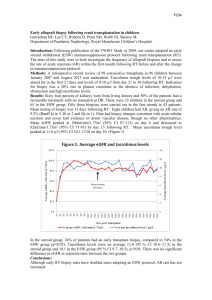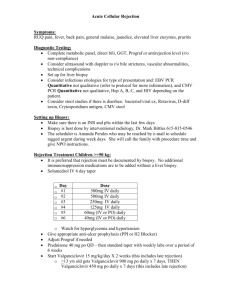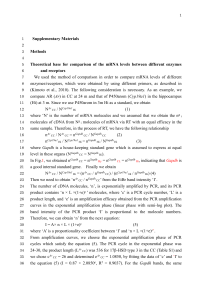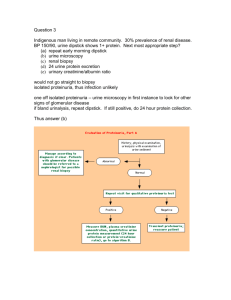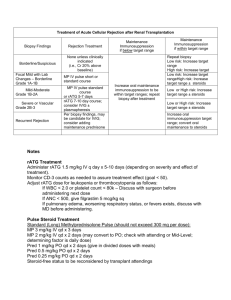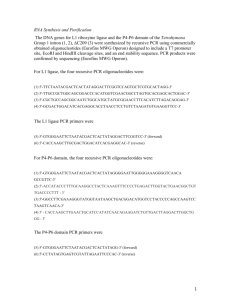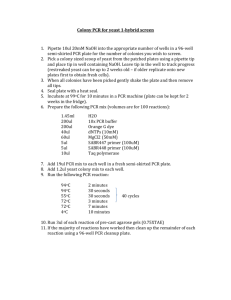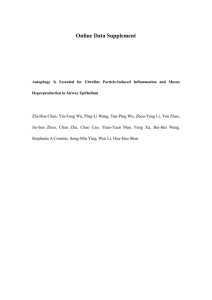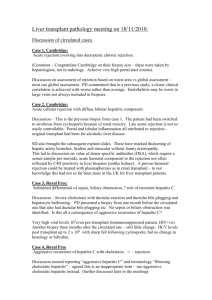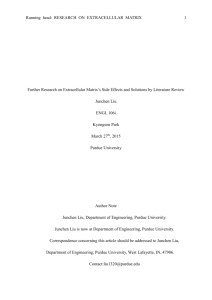Supplemental Digital Content 1 Materials & Methods
advertisement
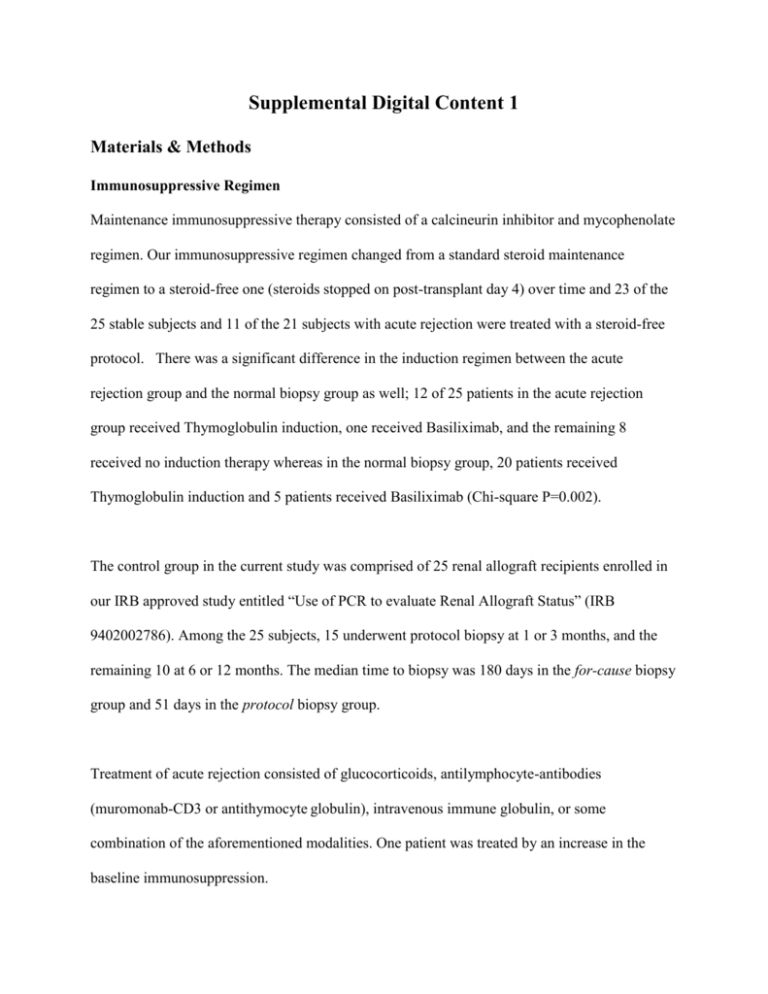
Supplemental Digital Content 1 Materials & Methods Immunosuppressive Regimen Maintenance immunosuppressive therapy consisted of a calcineurin inhibitor and mycophenolate regimen. Our immunosuppressive regimen changed from a standard steroid maintenance regimen to a steroid-free one (steroids stopped on post-transplant day 4) over time and 23 of the 25 stable subjects and 11 of the 21 subjects with acute rejection were treated with a steroid-free protocol. There was a significant difference in the induction regimen between the acute rejection group and the normal biopsy group as well; 12 of 25 patients in the acute rejection group received Thymoglobulin induction, one received Basiliximab, and the remaining 8 received no induction therapy whereas in the normal biopsy group, 20 patients received Thymoglobulin induction and 5 patients received Basiliximab (Chi-square P=0.002). The control group in the current study was comprised of 25 renal allograft recipients enrolled in our IRB approved study entitled “Use of PCR to evaluate Renal Allograft Status” (IRB 9402002786). Among the 25 subjects, 15 underwent protocol biopsy at 1 or 3 months, and the remaining 10 at 6 or 12 months. The median time to biopsy was 180 days in the for-cause biopsy group and 51 days in the protocol biopsy group. Treatment of acute rejection consisted of glucocorticoids, antilymphocyte-antibodies (muromonab-CD3 or antithymocyte globulin), intravenous immune globulin, or some combination of the aforementioned modalities. One patient was treated by an increase in the baseline immunosuppression. Real Time Quantitative PCR Assays PCR analysis was a two step process. First, a pre-amplification reaction was performed using the PTC-200 thermal cycler with 3 μl cDNA and 7 μl of dNTP, 10X PCR buffer, Taq DNA polymerase, and gene specific oligonucleotide primer pairs (Supplemental Table 1). We measured the levels of mRNAs using an ABI Prism 7700 system (PE Biosystems). The Real Time PCR assays for each sample was setup in duplicate, as a 20 μl reaction volume utilizing 10 μl TaqMan Universal PCR Master Mix, 2.5 μl pre-amplified template cDNA, 300 nM primers (900 nM for PD-1, PD-L1, PD-L2, and Foxp3) and 200 nM probe. PCR amplification protocol included 40 cycles of denaturing at 95°C for 15 sec and primer annealing and extension at 60°C for 1 minute. Absolute quantification of mRNA copies was accomplished using the previously described standard curve method (1), and the mRNA levels were normalized using 18S rRNA as the reference gene (mRNA copies in one μg RNA/18S rRNA copies in one fg RNA). When no detectable level of a transcript was found, a value equal to half the minimum observed 18Snormalized level was assigned (2). Results Levels of mRNAs in the Acute Rejection Group stratified by Steroid Therapy Among the 21 subjects with acute rejection, 10 belonged to the steroid maintenance group and the remaining 11 to the steroid free group. A comparison of the levels of mRNAs in urinary cells showed no significant difference in the levels of OX40 and OX40L mRNA between the 10 subjects in the steroid maintenance group and the 11 subjects in the steroid free group. References: 1. Muthukumar T, Dadhania D, Ding R, et al. Messenger RNA for FOXP3 in the urine of renal-allograft recipients. N Engl J Med 2005; 353 (22): 2342. 2. Helsel D, R. Less than obvious: statistical treatment of data below the detection limit. Environ Sci Technol 1990; 24 (12): 8.
